Ein Beitrag von: Alexander May
Ewig davon geredet. So oft erträumt. Sich ausgemalt, wie es sein könnte. Dann, im Februar dieses Jahres, die Flugtickets gebucht. Sechs Monate lang ausharren; abwarten, endlich dem Berliner Großstadt-Moloch entfliehen zu können. Die Monate vergingen, glühendes Entgegenfiebern breitete sich aus und im August war es dann endlich so weit. Acht Tage nur wir zwei und die westlichen, schottischen Highlands.
Da wir schon einmal in Glasgow gewesen sind, fiel es uns glücklicherweise nicht schwer, unseren Mietwagen nach der Ankunft zu finden. Ehe wir uns versahen, saßen wir schon in unserem „cozy“ Kleinwagen auf dem Motorway Richtung Fort William, unserem Ziel in den westlichen Highlands.
Wir waren kaum eine halbe Stunde unterwegs und schon erstreckte sich östlich von uns der größte See Schottlands, Loch Lomond. Noch nicht einmal in den Highlands angekommen, dachten wir, dass es gar nicht mehr besser werden könne. Obwohl ich aus Mecklenburg-Vorpommern stamme und mit der Müritz der größte See Deutschlands quasi vor der Haustür lag, hatte Loch Lomond doch eine so eigentümliche, seltsame Wirkung auf uns, dass wir dort hätten ewig verweilen können.
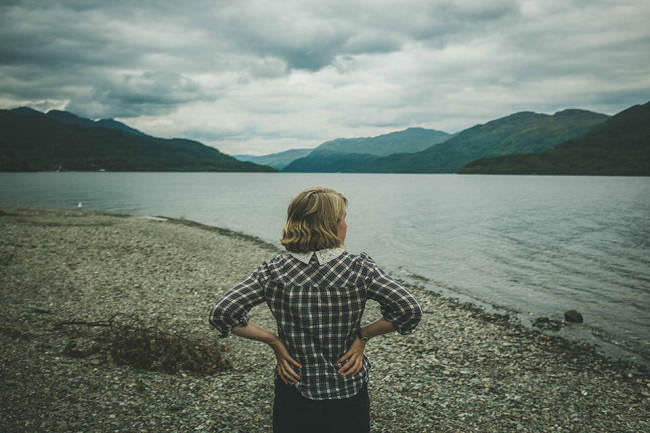
Weiter auf der A82 passierten wir die Bridge of Orchy und somit den Übergang von den Low Lands in die Highlands. Man kann das Gefühl schwerlich beschreiben, das uns während unserer Fahrt durch kilometerweite Ebenen durchströmte. Wir hielten gefühlt alle 50 Meter an, um auszusteigen, inne zu halten und dieses Gefühl langsam einzuatmen und nie wieder rauszulassen.
Ein Anblick, den ich nie vergessen werde, denn entgegen vieler Meinungen gleicht sich in Schottland kein Glen oder Ben dem anderen. Nach 5 Stunden Fahrtzeit (eigentlich waren zweieinhalb angedacht, aber Linksverkehr und die schottische Landschaft machten es uns dann doch ziemlich schwer, die Strecke in aller Kürze durchzuziehen) erreichten wir unsere kleine aber traumhafte Holzhütte am Fuße des Ben Nevis.
Ohne großartig die Tage bis ins kleinste Detail durchzuplanen, machten wir uns an unserem ersten richtigen Tag dann in das Tal der Tränen, Glen Coe, auf. Da wir schon auf der Hinfahrt durch dieses Tal gefahren waren, konnten wir kaum abwarten, es zu erkunden und diese mächtige, eigentümliche Natur auf uns wirken zu lassen sowie auf Fotos festzuhalten.
Wer einmal hier gestanden hat, möchte nicht mehr weg. Das garantiere ich. Dieses bizarre und doch wunderschöne Bild von der kleinen zweispurigen Straße, die sich endlos lang durch das Tal zu ziehen scheint, mit dem seichten Gras, das sich durch das komplette Tal zieht, an dessen Rand sich die Three Sisters wie unüberwindbare Hindernisse erheben, verzaubert einen auf den ersten Blick.
Leider gehört Glen Coe zu den Touristen-Attraktionen in Schottland überhaupt. Überall begegneten uns Wandergruppen, die versuchten, sich schnell an uns vorbei zu drängen, ohne stehen zu bleiben, die Natur auf sich wirken zu lassen und einfach nur zu genießen.
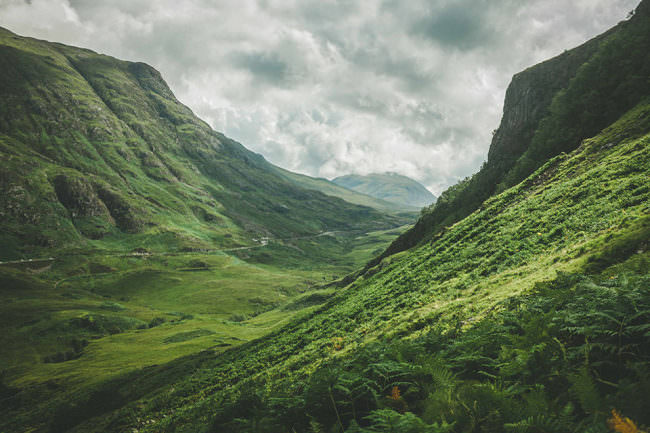
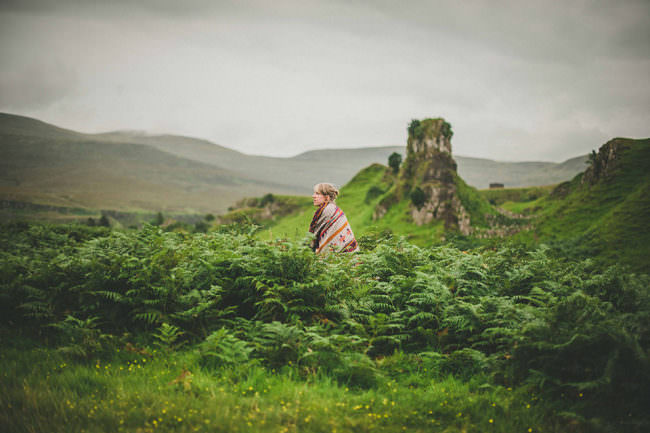
Das nächste Ziel unserer Reise war die Isle of Skye. Allein wenn ich diesen Satz schreibe, weiß ich, dass ich nicht ansatzweise beschreiben kann, wie sehr diese Insel, im Westen Schottlands gelegen, Deinen Geist verändert. Wie sehr sie Dich zur Ruhe bringt und Dich gleichzeitig in ehrfürchtigem Staunen verweilen lässt.
Die Erhabenheit, die sie ausstrahlt, scheint unendlich. Unser erster Halt war der Old Man of Storr im Norden der Insel. Eine massive Felsformation mit einer 50 Meter hoch ragenden Felsnadel, dem Old Man, der seit Jahrtausenden schweigend über seine Familie, den Storres, wacht.
Der Aufstieg schien nicht enden zu wollen, die Mücken trugen ihr Übriges dazu bei, aber als wir uns entschieden hatten, nicht den vollen Touristenweg weiterzugehen, sondern einem kleinen ausgetretenen Pfad zu folgen, erschloss sich uns erst die Magie, die diesen Ort so besonders macht.
Für zwei Stunden – völlig allein, durch Schluchten, über steile, bemooste Felsvorsprünge – nur wir beide. Da die Fahrt zur Insel jedoch schon drei Stunden in Anspruch genommen hat, waren wir ein wenig zur Eile gezwungen und so ging es weiter quer über die Insel nach Uig zu den Fairy Glens.
Ein wunderbar mystischer Ort, von dem die Schotten glauben, dass das Tal mit seinen stufigen Hügeln von Feen erschaffen worden ist. Ein wirklich schöner Gedanke, dass sich diese Mythen bis heute in den Köpfen der Menschen tradieren können.
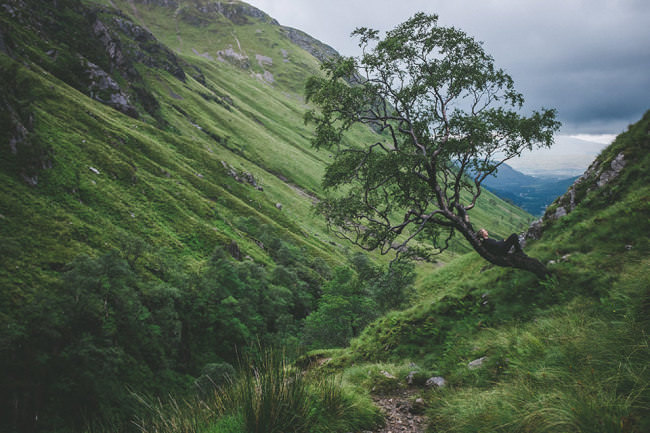
Der nächste Tag wurde für mich zum schönsten der ganzen Reise, auch wenn es unglaublich schwer fällt, sich bei all dem Erlebten auf einen Höhepunkt festlegen zu wollen. Unweit unserer Hütte fuhren wir durch das Glen Nevis bis zum Startpunkt einer Gratwanderung um Stob Ban, einen der Munros, also Gipfelspitzen, die über 1000 m hoch sind, zu erklimmen.
Die Wanderung nahm fast den ganzen Tag in Anspruch. Der Aufstieg bis 900 m war arg beschwerlich, es war rutschig und wir mussten drei reißende Flussläufe überqueren, bis wir kurz vor dem Gipfel ankamen, nur um festzustellen, dass der dichte Nebel es uns unmöglich machte, eine Gratwanderung ohne Risiko einzugehen. Also machten wir kehrt. Doch auf der gesamten Wanderung waren wir für uns allein.
Das Gefühl abgeschotteter Zweisamkeit ist so kostbar, wenn man aus einer übervollen Stadt wie Berlin kommt. Die endlos tiefen Schluchten, das satte Grün und die schroffen Felsen machten dieses Ereignis atemberaubend einzigartig. Auch, wenn wir bis auf die Socken durchnässt waren, waren wir einfach nur glücklich, dieses wirklich persönliche Erlebnis nur für uns geteilt haben zu können.
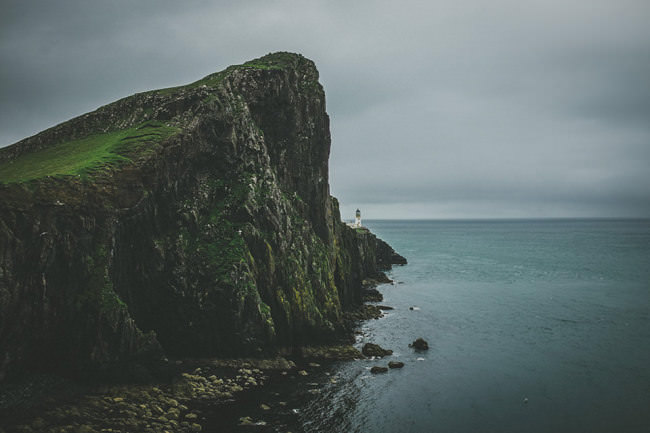
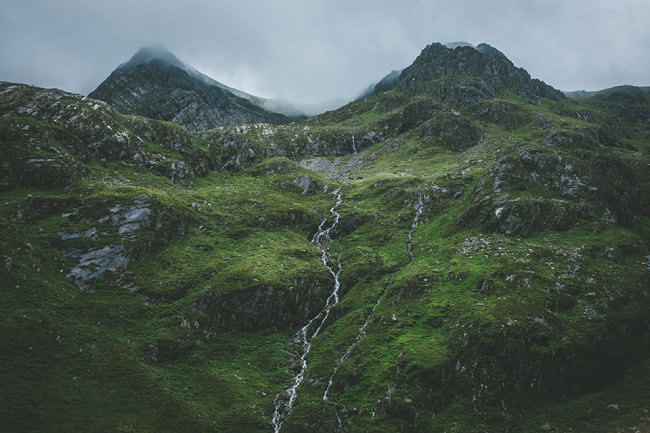
Unsere Zeit in Schottland neigte sich langsam dem Ende und wir entschieden uns, noch einmal auf Skye zu fahren. Man kann sich ihrem Zauber einfach nicht entziehen. So fuhren wir erneut auf die Insel, vorbei an Eileen Donan, einer Burg, die ich jedem Schottlandreisenden von Herzen empfehlen kann!
Unser Ziel war dieses Mal Neist Point Lighthouse im Westen der Insel. Die letzten 20 km bis zum Leuchtturm waren nervenaufreibend. So schön es auch ist, die single road tracks entlangzufahren, so anstrengend ist es auch, wenn Dir unzählige Wohnwagen entgegenkommen, die auf einer einspurigen Straße in beide Richtungen nicht gerade viel Platz zum Rangieren bieten.
Als wir an unserem Ziel ankamen, war der Stress der Anfahrt vergessen. Unvergesslich: Die Steilklippen, die tief im atlantischen Ozean wurzeln, der kalte, nasse Wind, der Dir ins Gesicht schlägt und über das Meer peitscht und der kleine Leuchtturm, der einsam auf einer kleinen Landzunge wohl noch ewig sein Licht scheinen lässt.
Ich glaube, dass hier die für mich schönsten Fotos meiner Reise entstanden sind, da sie für mich unglaublich gut das Gefühl dieser endlosen Weite und den Respekt vor diesem Ort einfangen, der einen packt, wenn man seinen Fuß aus dem Auto setzt.
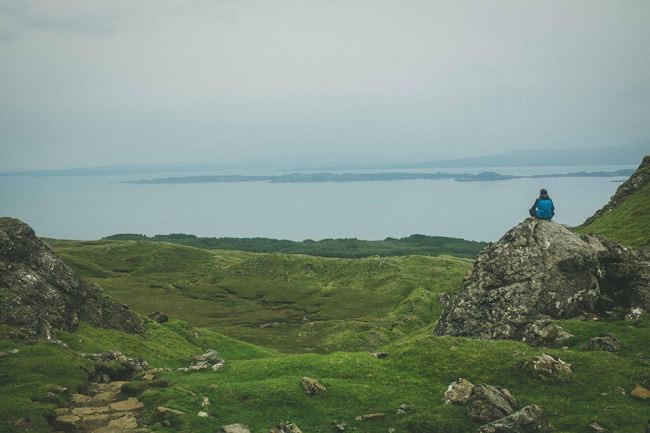
So sind acht Tage Schottland für uns wie im Flug vergangen. Dieser Bericht enthält bei Weitem nicht alle Erlebnisse, der Fokus sollte auf denen liegen, die uns am meisten auf dieser Reise geprägt haben. Seither vergeht kein Tag, an dem wir nicht an Britanniens schönen Norden denken und das Fernweh wird von Tag zu Tag größer. Ich kann es kaum erwarten, nächstes Jahr erneut von seiner Schönheit gefangen zu werden.
kwerfeldein – Fotografie Magazin | Fotocommunity
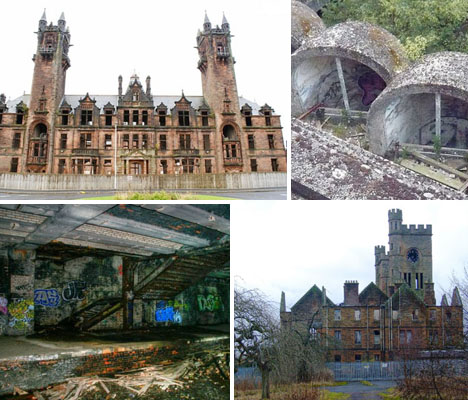
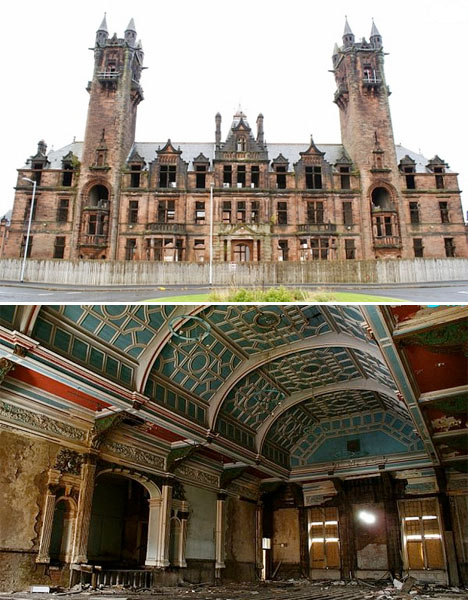
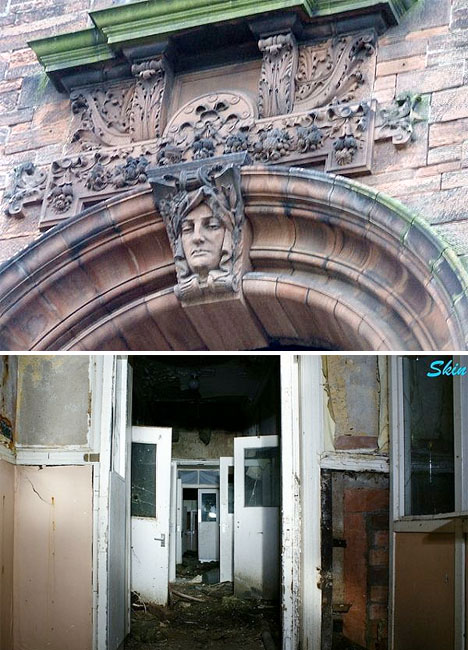
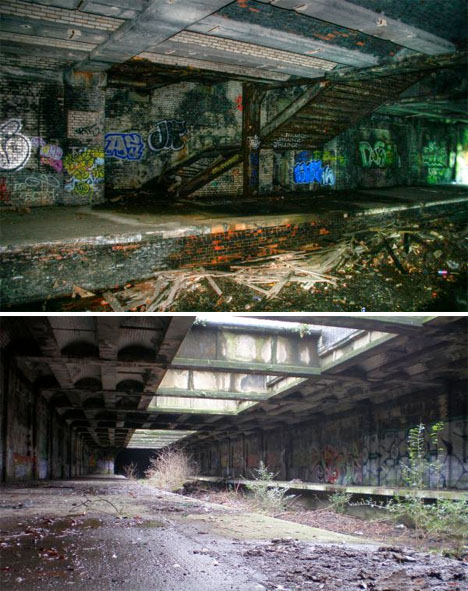
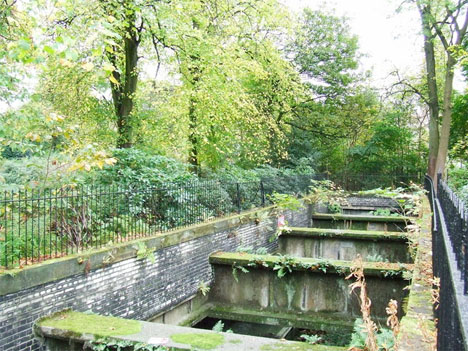
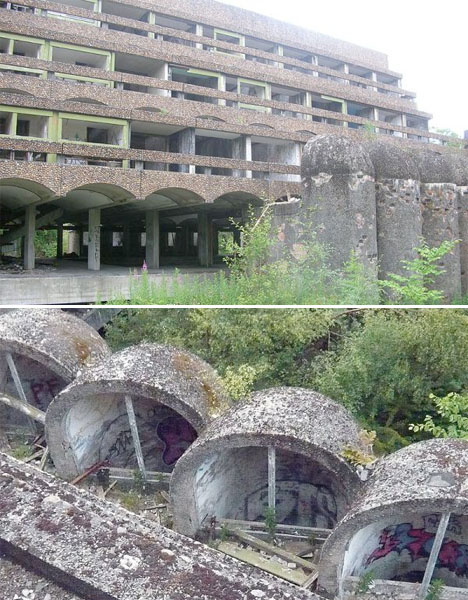
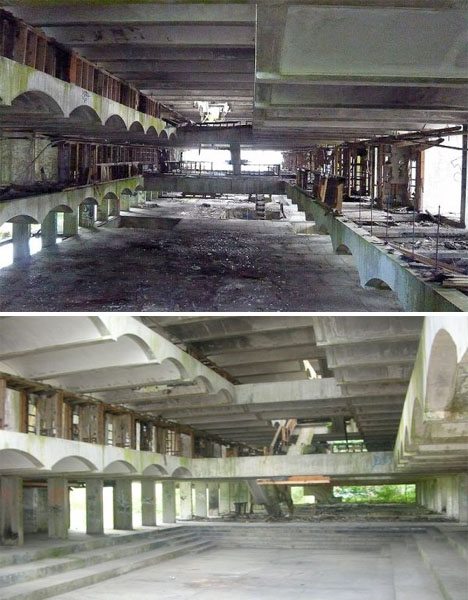

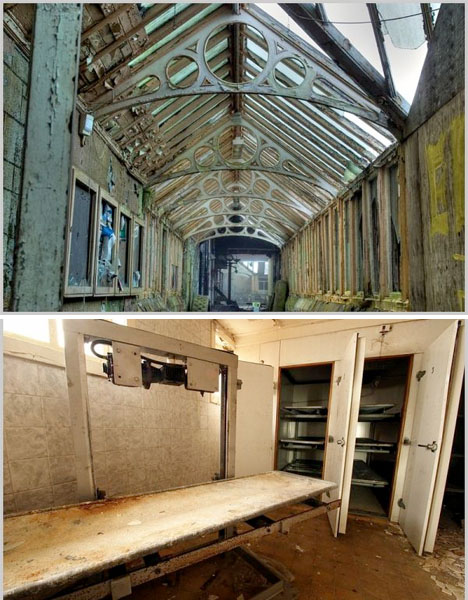
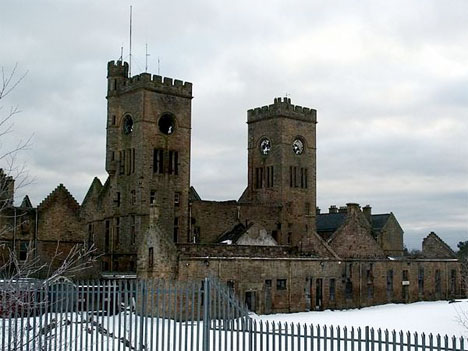

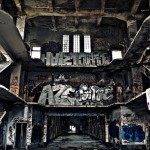
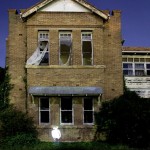









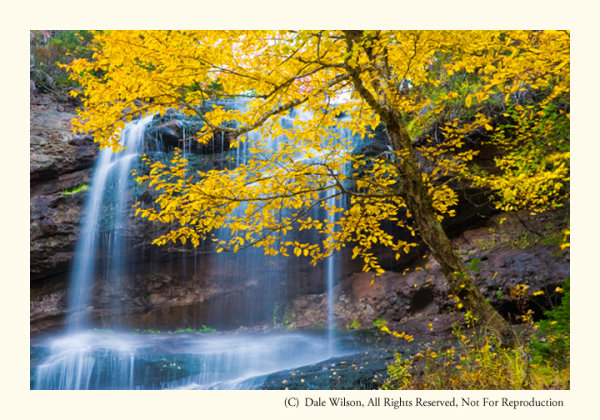

You must be logged in to post a comment.